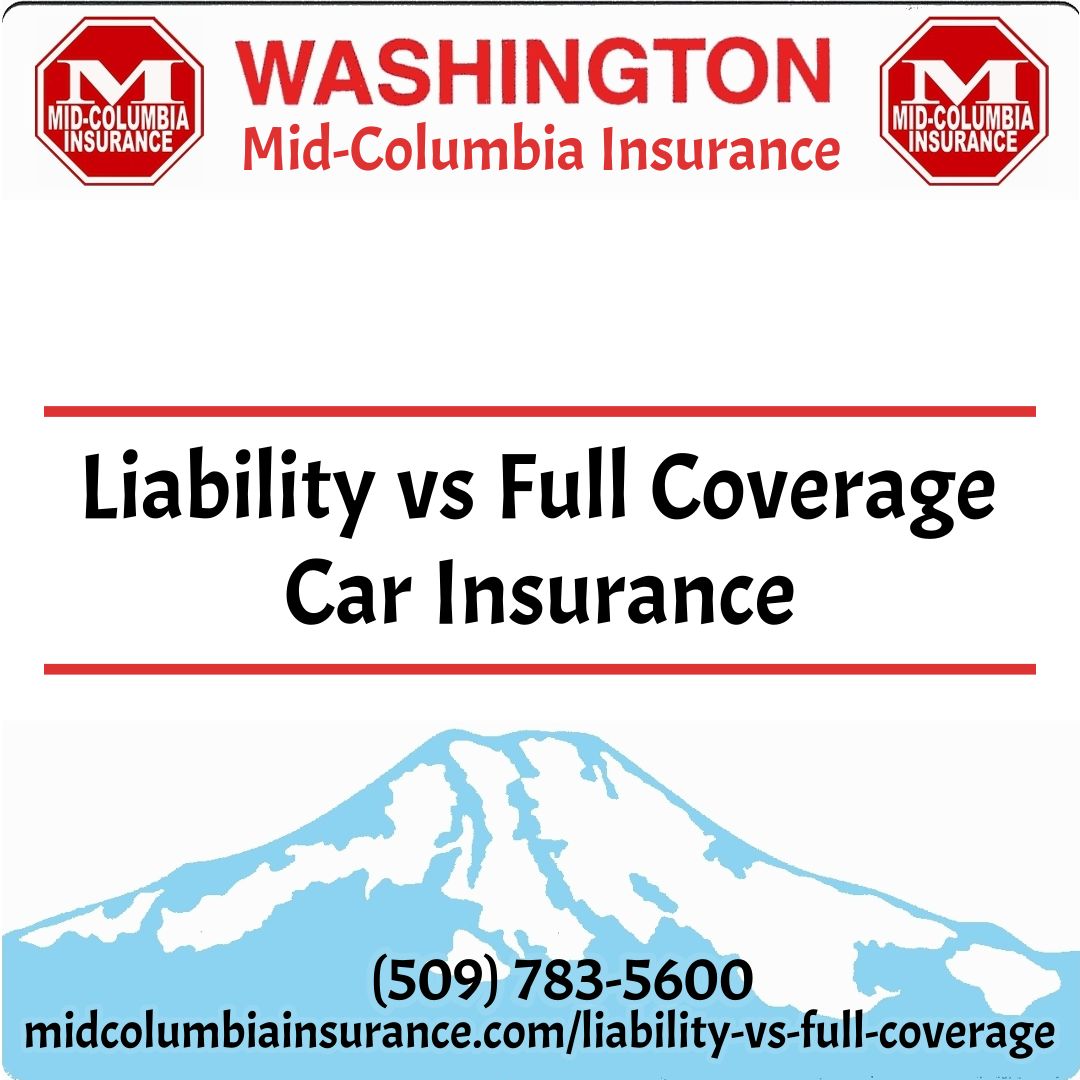Key takeaways
- Washington state only requires you to carry minimum liability limits. Full coverage is required by the bank if you lease or have an auto loan.
- Liability car insurance provides coverage for damages and injuries you cause to someone else while full coverage adds protection for damage done to your vehicle.
- Liability insurance will never pay for your own expenses after a car accident, so if you want your own medical expenses and repair costs to be covered, you will need additional coverage.
- Full coverage adds comprehensive and collision coverage but does not necessarily include important coverages such as Uninsured Motorist and Personal Injury Protection (PIP) medical coverage or optional coverages like roadside assistance, rental car after an accident, and gap insurance.
What is covered by liability car insurance?
Liability coverage is the foundation of any auto insurance policy. It pays for property damage and bodily injuries you cause to other people or their property in an accident. It will cover their medical expenses, property damage, and legal costs if you’re sued, up to the limits of your policy.
Liability also covers court judgments, settlements, and the cost of a legal defense if you’re sued over a car accident.
What is not covered by liability insurance?
Liability insurance does not cover the policyholder’s own medical expenses or property damage, so additional coverage is needed if you wish to cover damage to your own car or any medical bills you have.
Having a liability-only policy with no additional coverage leaves a large gap when it comes to protecting you, your passengers, and your vehicle after an accident.
What is covered by “full coverage” car insurance?
Despite its name, ‘full coverage’ insurance does not actually include every coverage option but only adds collision and comprehensive coverage to the state-mandated liability coverages.
Full coverage is not really a type of insurance but is a term used by lenders to refer to a car insurance policy that extends protection to the policyholder’s own car, meaning it includes collision coverage and comprehensive coverage. Auto lenders require full coverage policies to ensure the car is fixed or the loan paid off if the car is damaged.
Collision insurance pays for repairs or replacement of your car after an accident—regardless of fault.
Comprehensive insurance covers damage from non-collision events such as theft, fire, hail, or vandalism.
Both types of coverage come with a deductible, which is the amount the insured is responsible for and that amount is deducted from the insurance claim. The maximum payout for both is the actual cash value of your vehicle, minus the deductible.
Without collision and comprehensive insurance, you would have to pay for any damage to your car from your own pocket. That could be very expensive. For that reason, we recommend that you purchase full coverage insurance if your car is worth more than $1000.
What’s not covered with “full coverage”?
A full coverage policy does not protect you or your passengers in case of injury, since it does not cover medical expenses. To ensure coverage of medical bills, personal injury protection, and underinsured motorist coverage should be considered.
Do I need full coverage on my car?
Full coverage — which includes comprehensive and collision coverages — may be necessary if you have a leased or financed vehicle. If you own your car outright, you may still want to consider full coverage insurance if your car is newer or more valuable, since you will want to be able to replace it if it is damaged or destroyed.
When determining if you need full coverage, consider the value of your car versus the cost of adding comprehensive and collision coverage, including any deductible. If the replacement value of your car is less than a couple thousand dollars, it may not be worth the price of full coverage, as you may spend close to that amount per year on premiums.
Whether or not you need full coverage auto insurance will depend on your financial situation, the value of your car, and your lender’s minimum requirements. A general rule of thumb is that you can consider dropping full coverage if the annual cost is more than 10% of your car’s value minus the deductible. However, if you would be unable to afford to replace your car out of pocket, then full coverage is likely worth the cost.
Summary
The difference between liability-only insurance and full coverage insurance is crucial. Liability insurance covers damage you cause to another person and their property, but full coverage adds protection for your car as well. For peace of mind, you may want to protect yourself further by purchasing uninsured motorist coverage, and medical payments coverage (PIP).
Liability coverage is mandatory by law in Washington state, but full coverage is optional unless your lender requires you to carry it. If you would want your insurance company to help you purchase a replacement vehicle, it may be worth investing in full coverage. This additional protection may significantly raise your insurance premium, sometimes doubling it.
Let Mid-Columbia Insurance help you get the right coverage
When deciding what coverage you want, make sure you’re protected. Call Mid-Columbia Insurance today at (509)783-5600 to speak to a friendly licensed insurance agent.
https://twitter.com/i/events/1564835750952468480
